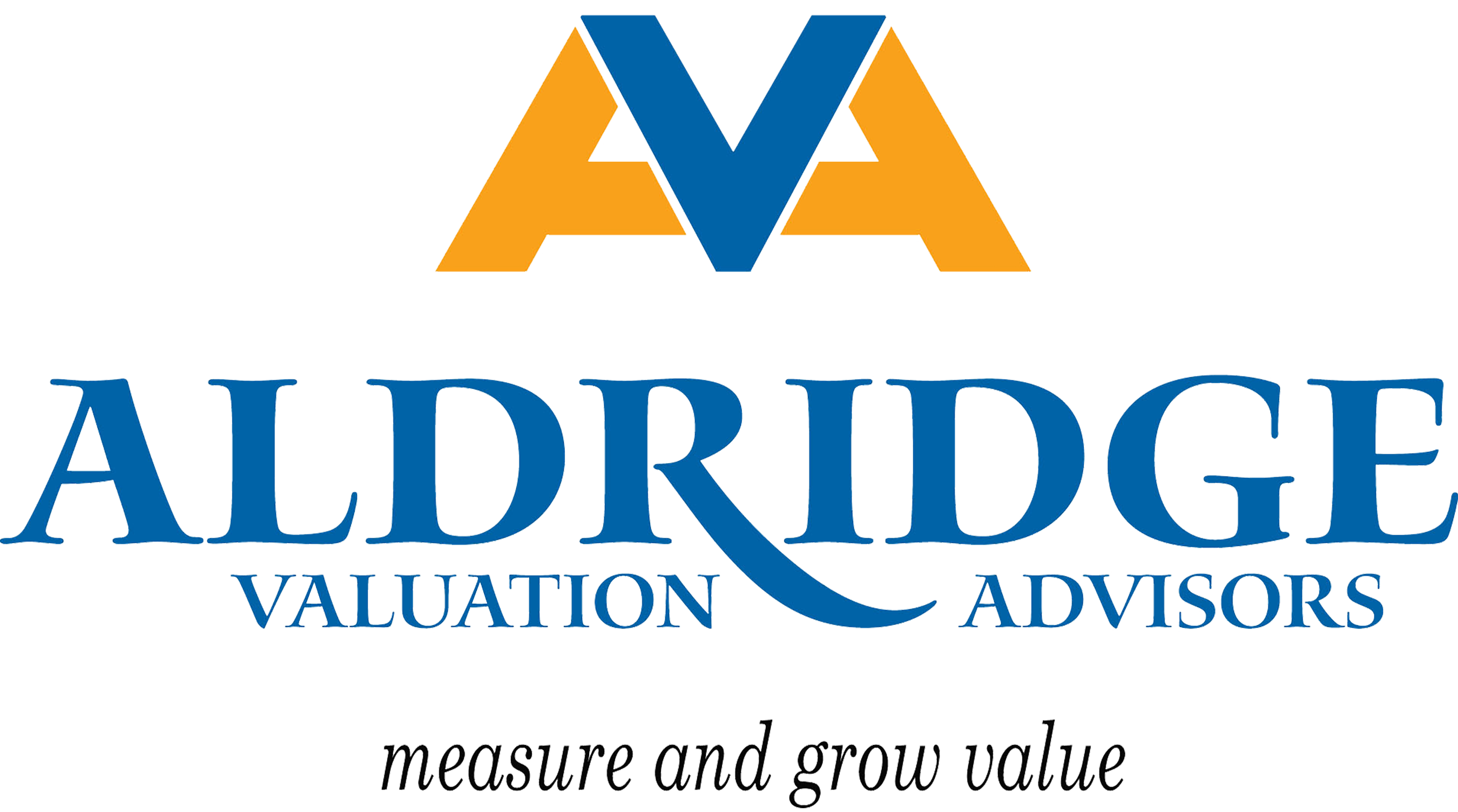As I meet with business owners, I get asked several questions in several different ways, but it basically boils down to two questions, which are:
- What is the value of my business?
- How do I increase the value of my business?
Introducing “Tracker™,” a service I developed specifically to answer these two questions for business owners and CEOs. The idea is that once you know the value of your business, then you can work to increase that value over time, and “track the increase in value.”
As you can see from the diagram, there is a process involved to BOTH value your business AND increase that value over time.
The process starts with a business valuation. A business valuation gives you a starting point to know where you are at a given point in time. Then the process moves step by step around the circle to identify opportunities and enhance each area as needed.
For publicly traded companies, knowing the value of a company is highly efficient. Just look at the stock price and multiply that price times the number of shares you own. The market tells you the value of your stock every second of every day. The market considers: revenue, cash flow, EBITDA, projections, competition, regulatory effects, risks, liquidity, management, debt, etc. You can even pull up a graph of your stock price over time on your phone and know the value instantly.
However, for privately held companies, the valuation process is inefficient meaning that it takes a professional to calculate that value for you. Information is gathered, calculations and analyses are made, then a report is generated telling you the value at a specific point in time. It is not as easy as picking a multiple of EBITDA.
Once you know the value of your company, then you are better equipped to increase its value. Trying to increase the value of your company without knowing the starting point is like asking directions without knowing where you start. “Will you please give me directions to Nashville?” The directions depend on your starting point. Are you starting from Knoxville, Chattanooga, Memphis, Louisville, or Huntsville? If you don’t know where you are starting, then the directions may not be helpful. Knowledge is a powerful tool. The one with the most accurate, timely knowledge usually wins.
Here is a short version of what the process involves:
- Calculate a valuation benchmark. Determine your starting point.
- Analyze KPIs, ratios. Simplify these metrics so you can focus on what really matters. Develop an ROI mindset.
- Increase sales. Analyze sales compensation, product mix, customer mix, industry mix A properly designed sales compensation plan can increase sales.
- Manage cost of goods sold. Delve into people, processes, and materials. This is a critical area where a lot of dollars get lost.
- Optimize marketing expenses. Analyze the effectiveness of your marketing dollars. Are you getting the best return on your investment?
- Reduce G&A expenses. Manage your expenses. It is easy for this to grow out of control unless it is managed.
- Manage working capital. Examine cash, accounts receivable, inventory (if any), and accounts payable with an eye toward improving liquidity. What are your A/R DSOs, A/P DSOs, and Inventory turns? What is your current ratio and your debt to assets ratio?
- Leverage debt. Are you utilizing debt to your best advantage? What is your collateral ability? What is the best mix of term loan versus a line of credit?
- Evaluate people. Work together to identify who the stars are as well as those that are not performing as well. This can be a difficult, but necessary process to increase value. Some tough decisions may need to be made.
- Streamline processes. Review the processes, which are everywhere in your business. We work together to analyze each one to save time and improve throughput.
- Upgrade technology. Maximize the use of technology. Technology changes daily. Are you getting the most out of using technology?
- Reduce risk. Identify areas of risk and reduce where possible.
The process is ongoing as we work together to increase your business value over time.
Over the next few months, I will drill down deeper into each of the 12 steps of Tracker™. Along the way, I will share the good, bad, and ugly of real-life experiences to help communicate each step. As we dive deeper into each section, you may have questions. Just contact me.
In summary, take these steps with Tracker™:
- Get a current business valuation.
- Identify opportunities during the valuation process to increase value and reduce risk.
- Execute that plan. Execution is everything.
- Rinse and repeat the process over and over.
You can KNOW, or you can GUESS. Guessing can be expensive.
If you have any questions about measuring and growing the value of your business, please contact me for a free conversation.
